Madame Sarr met me at the edge of the paved road, and even though it was the first time we met she greeted me as affectionately as an old friend. As we wound our way through the dusty dirt paths of her neighborhood, she introduced me to various local households that had benefited indirectly from her business: a cloth dealer in the nearby market, a little boutique stacked high with reels of yarn in every imaginable color, and a small sewing shop to which she sometimes outsources less specialized aspects of clothing manufacture.
West Africa is famous for its vibrant traditional clothing, and many women in Dakar make a living from sewing traditional dresses. Yet in this competitive market, Madame Sarr has carved out a niche for herself thanks to sheer artistic genius. Her creations never fail to turn heads: multicolored skirts sparkling with embroidered stars, hand-knitted lace, and overlapping layers of transparent gauze, imposing folded headdresses with brightly dyed cloth tied in the shape of flowers, necklines in every imaginable geometric shape. Clients fortunate enough to own one of her outfits guard it for special occasions, and when they put it on appear to float above the rest of us in this world, suddenly immune to the billowing clouds of red dust and car exhaust that choke the air. If she had been born in another time and place, Madame Sarr could have easily handled the royal wardrobe of the court of Versailles.
Madame Sarr’s house is constructed in the typical Dakar style: three brightly painted bedrooms alongside a small open courtyard, a separate shed for a kitchen and another for the restroom, corrugated metal roof, and a little faucet in the courtyard which provides the household’s only running water. The whole place was irreproachably clean and Madame Sarr’s artistic touch could be seen in the potted flowers and colored tiles decorating the courtyard.
The house seemed to be overflowing with children. A toddler was named after her, which is a great honor in Senegalese culture. In all some thirty people – including Madame Sarr’s mother, siblings, nieces and nephews, and her own three children – live together in that house.
Madame Sarr used capital raised from the first Zidisha loan to buy an electric sewing machine, rent a boutique workshop, hire an employee, and establish a working capital fund that allows her to fill up to a dozen client orders at a time (up from one or two at a time before her first loan). This allowed her to increase her income dramatically, making her the main breadwinner for her household and allowing the family to invest in public school education up to the university level for Madame Sarr’s children, nieces and nephews.
Madame Sarr suffered a setback two years ago when the building housing her workshop was demolished. She adapted by lending the electric sewing machine to her employee, who used it to assemble outfits that are cut and embroidered by hand by Madame Sarr in her home. With subsequent loans, she purchased two more sewing machines, including an advanced model with she can produce more intricate designs.
Madame Sarr certainly has no shortage of clients. When asked how she advertises, she laughs and says she simply dresses herself and her children in her creations and waits for people to inquire where in Dakar they can go to buy such extraordinary outfits.
Madame Sarr now collaborates with two local tailors to produce larger volumes of clothing, which she exports to neighboring countries in addition to selling locally. She recently sent 50 traditional dresses to Mali, where a contact will sell them on her behalf. She has been very successful doing this because her creations are in high demand.
“Your funding helped me so much to support my family,” Madame Sarr wrote in a comment to lenders. “I am blooming thanks to you. I can support my children: the older one is going to the university, the second one is at high school and the little girl is at the primary school. That is my family today, and you have helped me so much.”
This spotlight article is based on comments originally posted by Julia Kurnia and Miriam Frost. You may read more posts by Madame Sarr and Zidisha staff in Madame Sarr’s loan profile page.

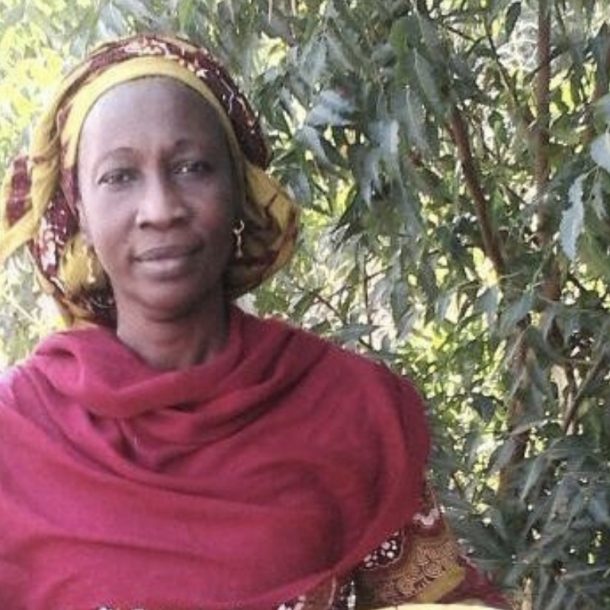
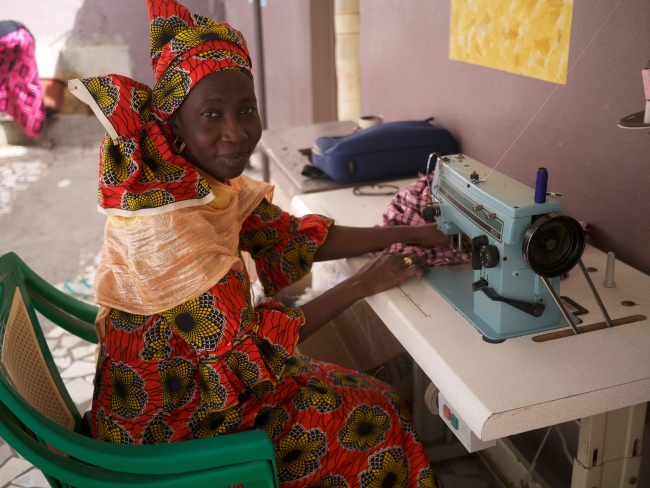
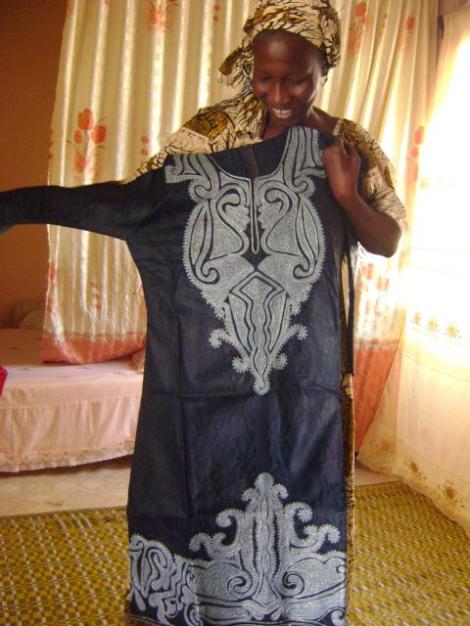
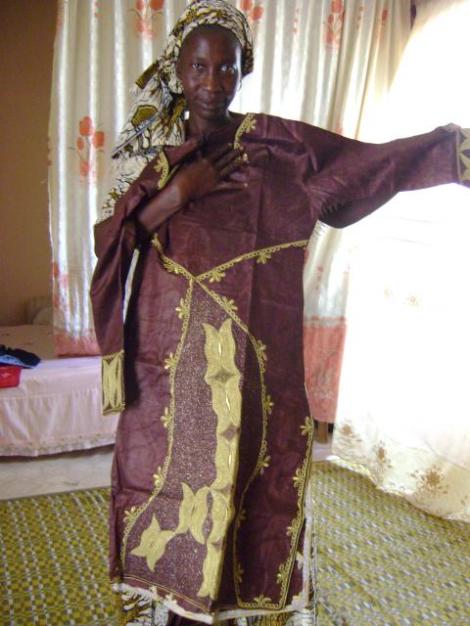
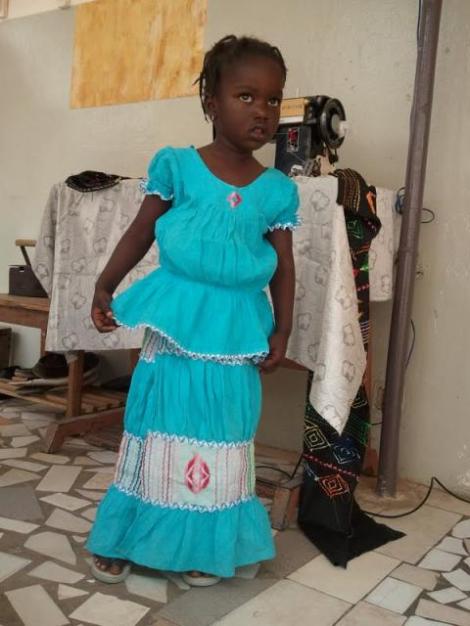
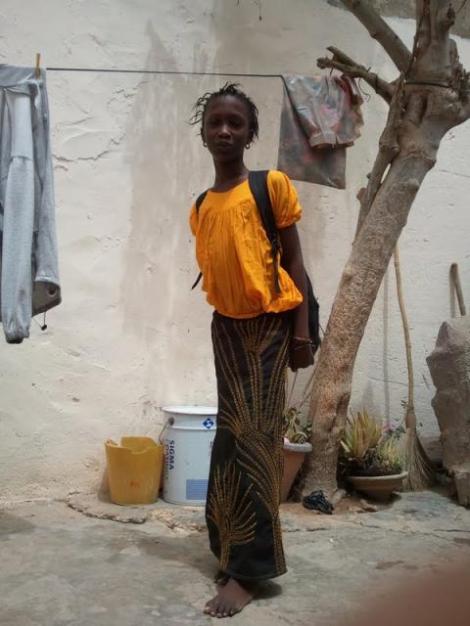
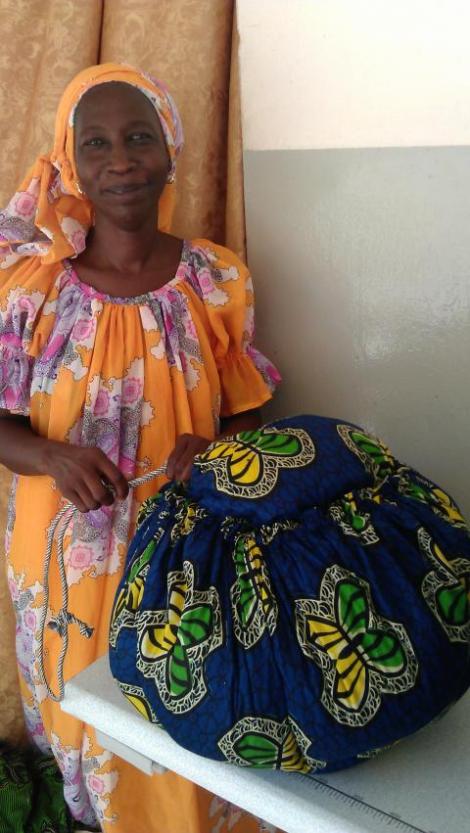
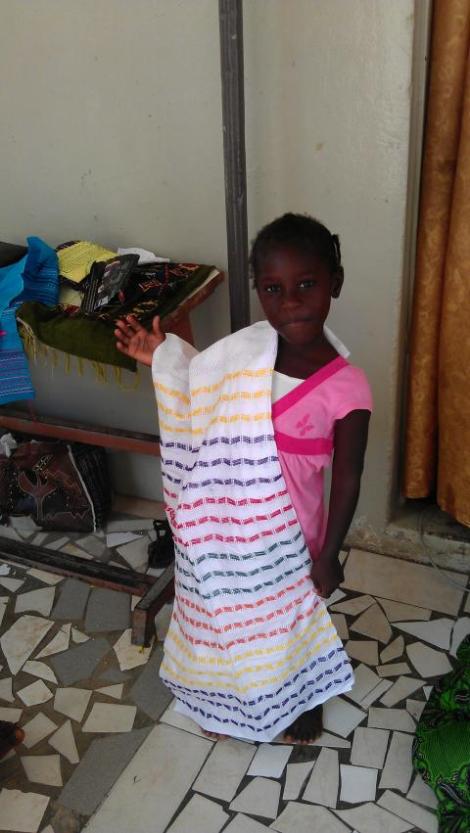
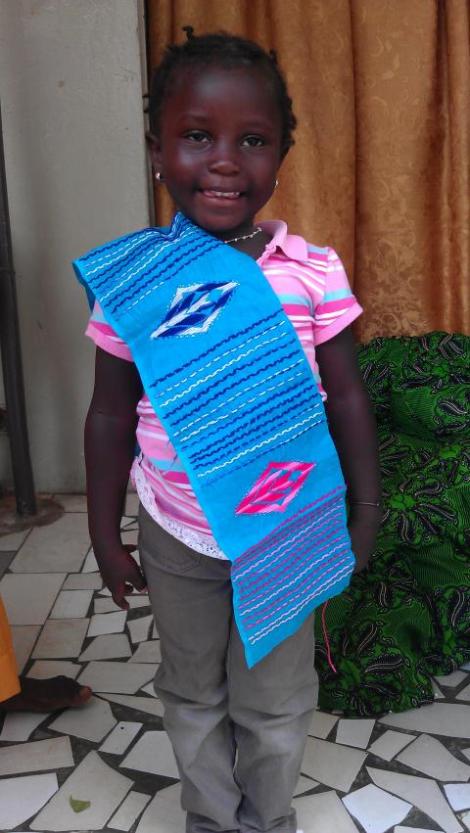
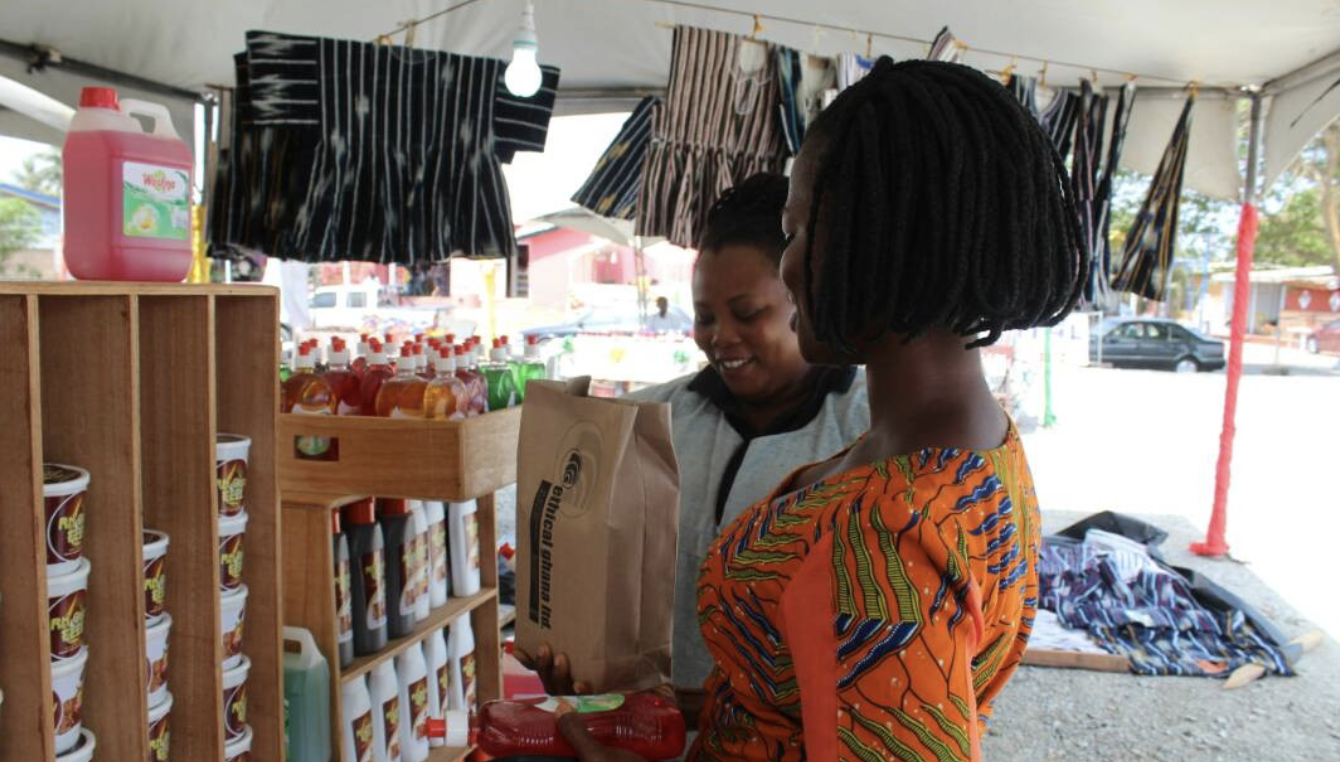
0 thoughts on “Spotlight on Ndeye Bineta Sarr, Senegal”